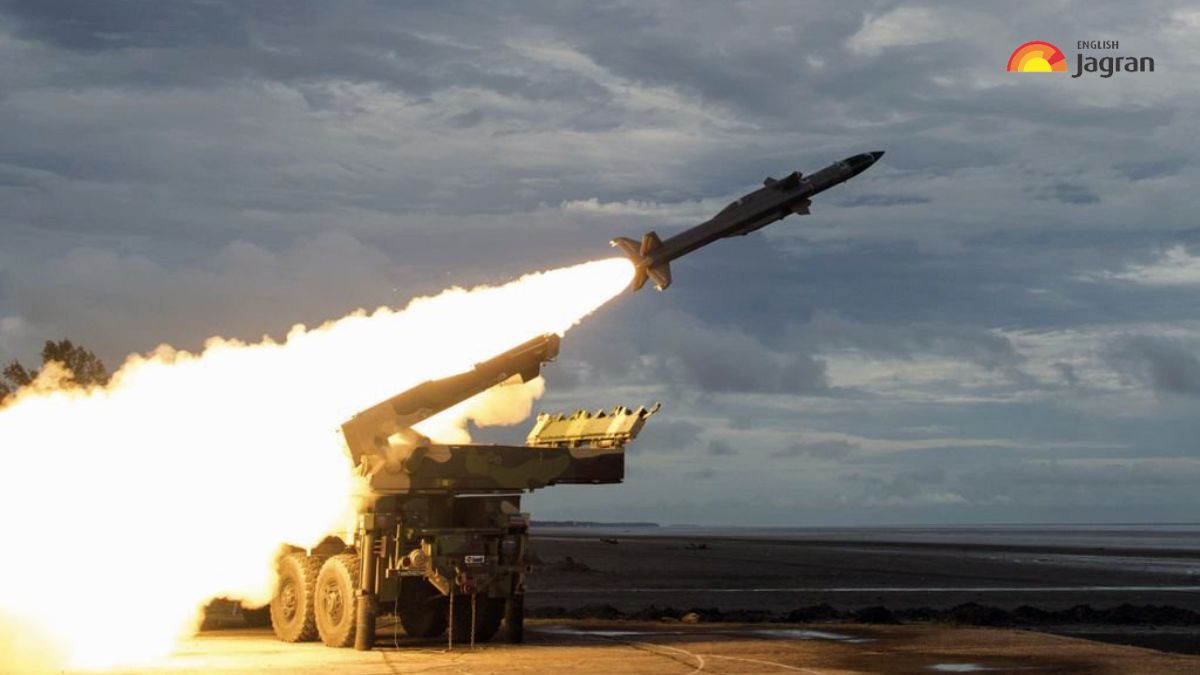- By Kamal Kumar
- Fri, 13 Oct 2023 07:46 PM (IST)
- Source:JND
Israel- Hamas War: As the battle in Gaza intensifies amid heavy Israel bombardment on Hamas targets, an Israeli legislator Revital 'Tally' Gotliv, a member of the Knesset for Israel PM Benjamin Netanyahu's Likud party, called for the use of the doomsday nuclear weapon- the Jericho missile rather than the ground invasion. A right-wing leader, Revital wrote multiple posts on the social media platform X (formerly Twitter) advocating the use of deadly force on the Hamas-governed Gaza Strip.
טיל יריחו! טיל יריחו! התרעה אסטרטגית. לפני ששוקלים הכנסת כוחות.
— טלי גוטליב (@TallyGotliv) October 9, 2023
נשק יום הדין! זו דעתי.
ה׳ ישמור את כוחותינו כולם.
"Jericho Missile! Jericho Missile! Strategic alert. before considering the introduction of forces. Doomsday weapon! This is my opinion. May God preserve all our strength," Gotliv wrote on X. Likud Lawmaker's provocative call turned many heads as it resurfaced discussion on Nuclear weapons, especially Israel's Jericho ballistic missile, in the dwindling Middle East.
What is the Jericho Missile System:
Jericho, named after a historical city mentioned in the Bible, was the first missile programme of Israel. The project began in 1963, when Israel in collaboration with French company Dassault Aviation started developing a deterrence in case of a likely war with the neighbouring Arab countries. Later, following an arms embargo in 1968, France halted its support of the programme.
Jericho I:
The first instalment, Jericho I was announced in 1971 as a short-range ballistic missile system. The 44-foot-long warhead was almost 3 feet in diameter. The inaugural version boasted a range of 500 kilometres and it could carry a payload of almost 400 kilograms. The missile even though deemed as a 'nuclear-capable warhead' by experts, could never get an official confirmation of its true nature.

It was widely reported that during the Yom Kippur War of 1973, Defence Minister Moshe Dayan recommended the use of last resort- a nuclear weapon- to avert the Arabian countries. Following the looming threat, Golda Meir ordered the assembly of nuclear weapons to arm the Jericho I missile. Jericho I was retired in the 1990s and replaced with the longer-range Jericho II missiles.
Jericho II:
The Jericho programme continued with the development of the second tranche, Jericho II or (YA-3), a solid fuel, two-stage long-range missile system. Currently, almost 90 such missiles are based in caves near Tel Aviv, as per an article by weaponry watch website MissileThreat. The missile commenced development in 1977, with indications hinting at a potential collaborative effort between Israel and Iran at its initial stages. However, if such cooperation did occur, it appears to have ceased by 1979. The Jericho 2 achieved operational status in 1989, and a total of eight tests were carried out between that period and 2001.
Jericho III:
Israel Defence Forces announced that the second edition would retire in 2026, as they were already equipped with the third and the latest edition of the destructive weapon. Jericho III, the newest version is a solid-fueled intermediate-range ballistic missile developed by Israel. First tested in 2008, the missile finally entered service in 2011.

Many experts believe that this is a nuclear-capable Inter Continental Ballistic Missile, which might have a fuel assembly of three stages. The payload capacity of Jericho III is estimated at 750 Kiligrams, enough to carry two low-yield nuclear weapons. According to missilethreat.com, its estimated range is between 4,800 to 6,500 km (2,982 to 4,038 miles). However, a missile proliferation survey conducted by the Congressional Research Service in 2004 suggested a potential maximum range of 11,500 km, with missile range being inversely proportional to payload mass.

